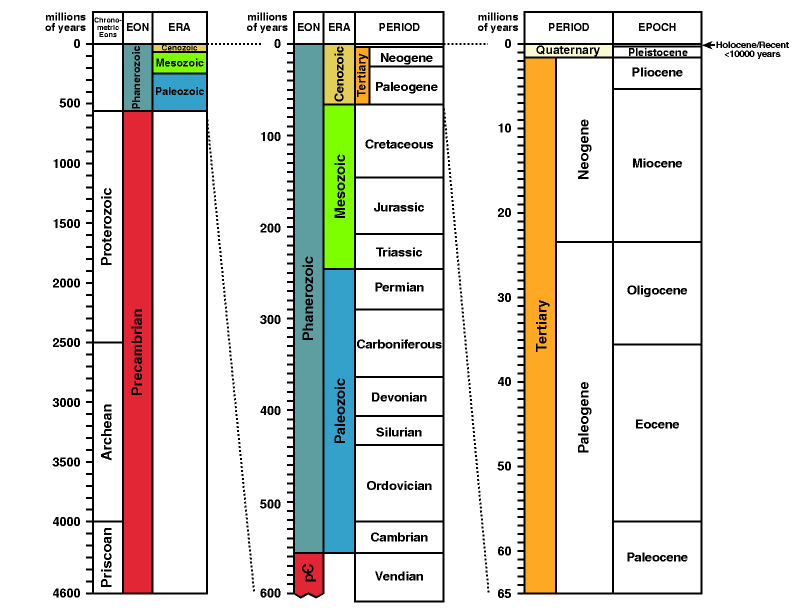HiRise image of barchan dunes on Mars
Also, as the above image shows we can now see an amazing range of landforms on Mars which are leading geomorphologists to ask all sorts of questions about how they are formed.
The IAG Planetary Geomorphology Working Group posts monthly images with accompanying explanations most of which deal with some aspects of comparisons between landforms and processes on Earth and Mars. Check out the collection at the following address - especially the one from December 2010 on rock breakdown on Earth and Mars which I put together.
http://www.psi.edu/pgwg/images/index.html
Geomorphologists on Earth are highly envious of the equipment that the Mars Science Lab mission has on-board the Curiosity Rover. Have a look at the NASA factsheet (link below) to find out all the information about the physical and chemical make-up of the rocks that Curiosity will be able to glean in the field.
http://www.jpl.nasa.gov/news/fact_sheets/mars-science-laboratory.pdf
Fingers crossed, if all goes to plan, Curiosity and the Mars Science Lab mission should start sending back some new and intriguing data next summer, which will not only throw further light on its geological, geomorphological and possibly biological history.




